Spiced Potato, Chard and Black Garlic
It’s time we spoke curry. Here in Britain we are very familiar with a whole range of curries, Indian and otherwise, and most of us have tried our hand at making our own from time to time. Broadly speaking, curries are very easy to make but a little less easy to make well. For this recipe I will talk you through the simple and easy key steps that elevate the flavours of the spices and ingredients to all new levels of satiation. But first, a word on curries and their ongoing evolution in British cuisine.
Now, strictly this isn’t a Korma or a Dhal, but a beautiful hybrid of both. When it comes to Indian cuisine there are recipes for every region and unique versions for every family. I’ve learned what I know about cooking Indian and Anglo-Indian from a few different but very special people during my time in restaurants. My first experience was working with an Indian chef called Sagar about six years ago. He had learned everything he knew from his mum, who had learned what she knew from his grandma (who still lived in India), and was more than happy to share what he thought of as fundamental skills for making curry pastes, frying or roasting whole spices, cooking naan, pakora and bhaji, and of course, cooking rice. But the most surprising thing he told me was his high regard for Anglo-Indian cooking. For those who aren’t familiar with the term, Anglo-Indian is the name given to the cuisine that was developed during the British Raj in India and made its way back to Britain in 1930 with the Veeraswamy restaurant. But Sagar considered this definition to be only the start of Anglo-Indian cooking that has led to the wide variety of dishes now found across Britain but not often found in India. For example, Chicken Tikka is, contrary to popular belief, an Indian dish, but Chicken Tikka Masala was made to satisfy the British desire to eat their meat with a gravy (and is sometimes credited as the first widely accepted example of the fusion cuisine). He took such pride in it that he often snuck dishes from this background onto the specials menu, calling them ‘spiced something something’ or ‘something, coconut and coriander’. Once, when he had a day off, I had to serve his food to a large Indian family that came in for lunch. I’m not usually one to get stressed in the kitchen, but in this instance I’ve never been more nervous. I’m pleased to say that they loved every mouthful.
My second big lesson in Indian cooking came from an old boss and restaurant owner I worked for, Shumana. Whilst her business is not Indian, her father is, and she shared a great collection of handwritten recipes that her grandmother gave her dad and his brother when they moved to Britain. At that time it was common for the women of the family to cook and the men to work, so when some men decided to travel away and work in Britain, it was no surprise that the women took measures to ensure they wouldn’t starve. Reading through the recipes as I cooked them felt like stepping into a little pocket of time and is probably the most authentic Indian cooking I’ve ever done. But when you read through five different versions of a Dal, you quickly realise how each dish has a wide variety. So, bearing this in mind, I have come up with a version that suits the flavours and ingredients available to us here in Britain around this time of year.
Ingredients from the Garden
Yesterday we harvested our first potato bed and left them out in the sun to dry. The crop consisted of two varieties, Maris Peer and Swift, both harvested as new potatoes. I’ve worked with Maris Peers a lot in the past, but Swift is a new variety for me so I leapt at the opportunity to get to know this exciting new spud. These potatoes are pale in colour and waxy, making for a great potato to first fry, then boil (as we do for this recipe). I’ve also baked half a kilo to try making gnocchi this evening; if successful I’ll write up the recipe for that too.
Alongside the potatoes are a few Swiss chard plants that are going crazy. Despite attempting to flower, they’re still producing in abundance (possibly more quickly than we can eat them!) so it made perfect sense to combine these ingredients into one dish.
The last key ingredient to mention didn’t actually come from the garden, but from the Original Black Garlic company. I first came across this company when they dropped off some samples at a restaurant I worked at a few years ago and was contacted by them once again in early June. They offered me some more black garlic to have fun with and I leapt at the opportunity. For those who haven’t used black garlic, it is pure umami. Aged at a gentle heat for a long time, the garlic goes through an enzymatic breakdown and takes on the texture of a very soft toffee. It’s flavour amplifies in both the sweet and savoury profiles as it mellows and loses all of that bite that raw garlic has. Funnily enough, the end result is the opposite to lacto-fermented garlic, which is crunchy and potent like garlic and rocket fuel (for those of you who have made it). The OBG is a London based company that’s vegan, organic, and salsa approved (safe and local supplier approved), so I’m happy to promote their amazing product, but for the sake of transparency, this isn’t a paid sponsorship. Just good old fashioned kitchen fun.
Spiced Potato, Chard and BG Recipe
Main / Serves 3
Main ingredients
750g Potato
1 White onion
6 Large chard leaves, chopped
60g Speckled lentils
1x 400g Tin of chopped tomatoes
4-6 Cloves of black garlic / or 1 sachet of black garlic paste
50g Hazelnuts, blended or crushed
250ml water
A pinch of smoked salt
200ml Coconut milk / or 50g of butter*
*You can choose either depending on if you wish to keep more of the ingredients local. The coconut milk will push the curry more towards a korma and butter will make it more dal.
Side Ingredients
300g Brown basmati / medium grain rice
Spices
2 tsp Coriander seeds
2 tsp Cumin seeds
1 tsp Chilli powder
3 Cardamom pods, cracked and ground
0.5 tsp Clove
Garnish
Flowers from the garden to garnish (I used nasturtium for pepperiness and borage for a cucumbery freshness)
Fresh coriander (I used confetti coriander, as pictured above)
Chop up an extra clove of black garlic to sprinkle over the top
Step 1.
Dice the white onion and roughly chop the potatoes into 2cm / 1 inch pieces. Add them to a large frying pan with a heart drizzle of cooking oil and a pinch of smoked salt. If your hob goes up to 10, then you want the heat at about 8-9. The high temperature helps to crisp the potato starches before we boil them.
Spice preparation
Now we have two options. The first is to grind the spices up in a pestle and mortar and throw them in the pan with the potato and onion. This method fries the extra flavour out of the spices, which stick to the potato and infuse them with the aromatics too.
The second option is to toast the spices in the oven at 180C / 355F, then crush them in a pestle and mortar with a few cloves of black garlic. Traditionally, a lot of curry pastes are made like this, but they use roasted garlic as a medium to bind the spice blend. This option works nicely if you plan to make a batch of spices for future cooking.
Whichever you choose to do, do so now before continuing to step 2. The spices you need are listed above under ‘Spices’.
Step 2.
From time to time toss the contents of the frying pan around to avoid burning but don’t over handle the ingredients as it will cause the potato to break up. After roughly 15 minutes, the potato will have gained a nice golden colour and the onion will be browned / translucent. Chuck in a handful (60g) of speckled or brown lentils and the diced black garlic and fry for another minute before adding the chopped tomatoes and 250ml of water. Alternatively, if you’re using a sachet of black garlic paste, just add it with the tomatoes and water. Turn the heat down to a medium and leave to simmer for 30 minutes.
Step 3.
Rice. Basmati is the fluffy-supreme traditional curry rice. But medium grain brown rice is both fluffy and sticky. It’s up to you which you cook; but the most simple way is to boil.
Boil 900ml of water.
Wash your rice twice in fresh water.
Add the rice to the boiling water and keep uncovered on a rolling boil. (13 minutes for basmati, 30 minutes for medium grain).
Drain the rice in a sieve once the timer is up and return them to the dry pan. Cover and rest for 10 minutes.
The resting stage is very important as this is when the rice absorbs any remaining water and fluffs up. This hard boiling method blasts the rice and stops it from forming sticky lumps.
Step 4.
Chop up the chard and blend the hazelnuts, then add them both to the curry pan once the lentils have softened. Add either the butter or coconut milk, depending on if you’d rather have a more dal-style or korma-style curry, then turn the heat right down and let the curry rest for 3-4 minutes. This will give the hazelnuts time to fluff up and add a creaminess to the curry whilst the chard cooks. Taste test for seasoning and add 1 tsp of sugar if you wish (which a lot of curries do).
Step 5.
To serve, sprinkle with fresh coriander, chopped black garlic and flower petals.






